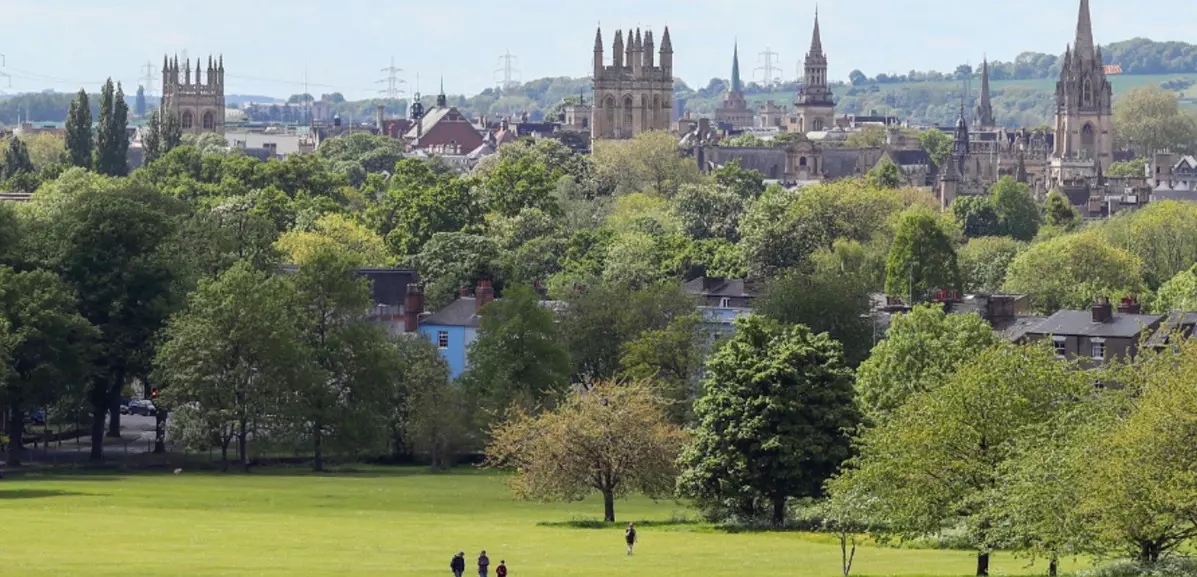Dark Secrets! Medieval Oxford Unearthed as a Murder Hotspot, Say Researchers
Research has revealed that during medieval times, Oxford, which was renowned as a center of learning, was also known as one of the murder hotspots in England.
image for illustrative purpose

Research has revealed that during medieval times, Oxford, which was renowned as a center of learning, was also known as one of the murder hotspots in England. This grim distinction was attributed to a "deadly mix of circumstances" in the city.
According to a study conducted by the University of Cambridge, Oxford had between four to five times more homicides compared to London and York during the same period. The research, based on ancient coroners' inquests, estimated that the homicide rate in late medieval Oxford was approximately 60-75 per 100,000 people, which is 50 times higher than the contemporary rates in 21st-century English cities.
The researchers identified a dangerous combination of factors that led to this violence, primarily the presence of young male students and alcohol, creating a volatile environment. A significant number of these offenders, 75%, were categorized as "clericus," indicating that they were students or staff associated with the university.
Moreover, "clericus" also constituted 72% of the homicide victims in Oxford. The research highlights that among the three cities studied, Oxford's student population emerged as the most lethally violent social or professional group.
Professor Manuel Eisner, director of Cambridge's Institute of Criminology, explained, "A medieval university city such as Oxford had a deadly mix of conditions. Oxford students were all male and typically aged between 14 and 21, the peak for violence and risk-taking. These were young men freed from tight controls of family, parish, or guild and thrust into an environment full of weapons, with ample access to alehouses and sex workers."
The study also pointed out that the student body was further divided into regional fraternities called "nations," which added to the potential for conflicts.
In the early 14th century, Oxford had a population of about 7,000 inhabitants, with approximately 1,500 students. One violent incident recorded involved a tavern dispute on Oxford High Street in 1298, which escalated into a "mass street brawl with swords and battle-axes," resulting in the mortal injury of a student named John Burel.
Interactions between students and sex workers sometimes ended in tragedy. For example, one scholar avoided punishment after fatally stabbing Margery de Hereford in 1299, instead of paying for their encounter, by fleeing the scene.
Interestingly, during this era, it was often women who played a crucial role in raising the alarm about crimes. Victims or witnesses had a legal obligation to alert the community to criminal incidents by shouting and making noise, a practice known as "raising a hue and cry." Typically, it was women who raised the hue and cry, often to report conflicts between men in an effort to maintain peace.

